Steps for Determining Correct Load Limit
1. Locate the statement “The combined weight
of occupants and cargo should never exceed
XXX kg or XXX lbs” on your vehicle’s
placard.
2. Determine the combined weight of the driver
and passengers that will be riding in your
vehicle.
3. Subtract the combined weight of the driver
and passengers from XXX kg or XXX lbs.
4. The resulting figure equals the available
amount of cargo and luggage load capacity.
For example, if the “XXX” amount equals 1400 lbs and there will be five 150 lb passengers in your vehicle, the amount of available cargo and luggage load capacity is 650 lbs (1400 − 750 5 x 150) = 650 lbs).
5. Determine the combined weight of luggage and cargo being loaded on the vehicle.
That weight may not safely exceed the available cargo and luggage load capacity calculated in Step 4.
6. If your vehicle will be towing a trailer, the load from your trailer will be transferred to your vehicle. Consult this manual to determine how this reduces the available cargo and luggage load capacity of your vehicle.
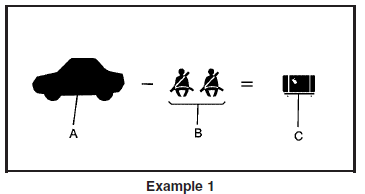
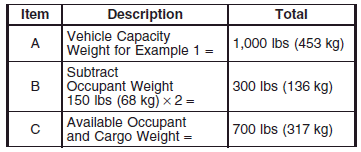
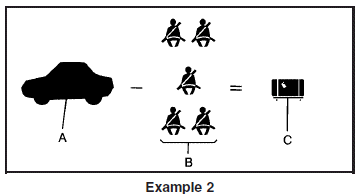
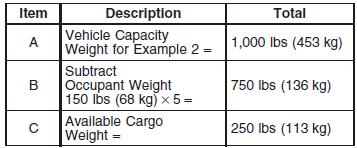
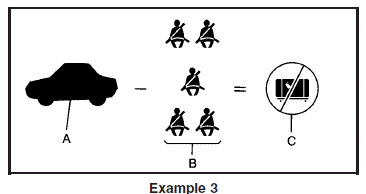

Refer to your vehicle’s tire and loading information label for specific information about your vehicle’s capacity weight and seating positions. The combined weight of the driver, passengers, and cargo should never exceed your vehicle’s capacity weight.
Your vehicle has an electronically controlled air suspension system that automatically keeps your vehicle level as you load and unload your vehicle.
See also:
Rear Door Security Locks
Your vehicle may have this feature. You can lock
the rear doors so they cannot be opened from
the inside by passengers. To use one of
these locks do the following:
1. Open one of the rear doors. ...
Power Windows
The controls for the power windows are located on
the armrest on each of the side doors. With
power windows, the switches operate the windows
when the ignition is in RUN, ACCESSORY or
when Retai ...
Instrument Panel
A. Exterior Lamp Controls.
Fog Lamps
(If Equipped).
Instrument Panel Illumination
Control.
Head-Up Display (HUD) (If Equipped).
B. Air Vents.
C. Turn and Lane-Change Lever.
See Turn and La ...


